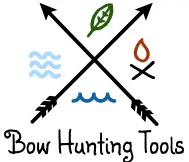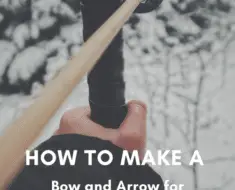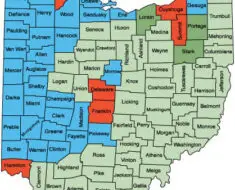Bow hunting can provide you a lot of fun outdoors and knowledge about wildlife. If you are willing to know about bow hunting as well as how to start bow hunting, you are in the right place. In this article, we will discuss how to start bow hunting along with the beginner’s guide with a checklist.
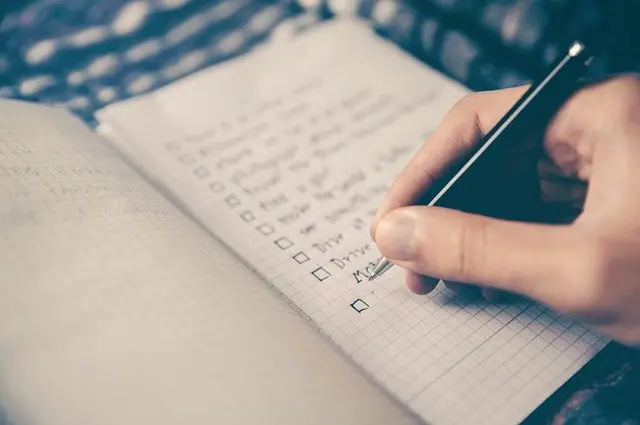
Surely bow hunting will bestow a lot of enjoyment but without sufficient practice and study, this can be dangerous. It is your responsibility to learn details about bow hunting, do a lot of practice to be successful. Here is the process of how to start and go about the entire process.
To be successful follow these sections:
Section 1: Bow hunting Gear, Hunter Education.
Section 2: Hunting Fundamentals
Section 3: Practice How You’ll Hunt
Bow hunting Gear, Hunter Education.
Choosing the Bow hunting gears starts with the bow selection. First, you need to select the bow which is suitable for you, and then you need to arrange the accessories and gears.
Bow Selection:
To start bow hunting you need a bow, but that doesn’t mean you need an expensive bow but you need a bow that fits perfectly for you. You can also buy a used item as you are in the learning stage. To select the bow which fits you, we recommend you to visit your nearest archery shop, be honest with them and ask for help. Most of the archery shops like to help beginners. They will provide the necessary information, At first, they will measure your draw length and will provide you with some bow to measure the draw weight. Be frank and choose the bow which you can pull very comfortably.
After selecting the perfect bow now it is time to buy the necessary accessories for you.
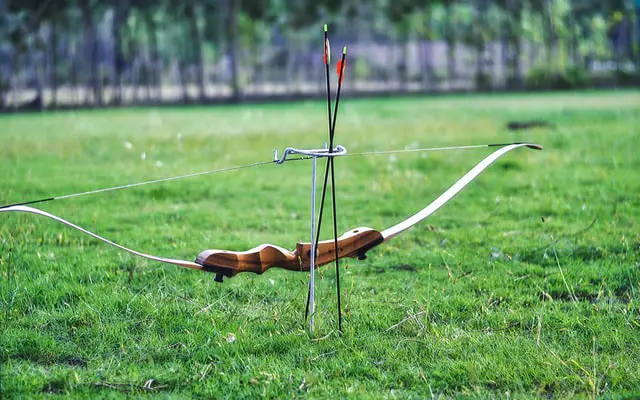
Here is the checklist for the accessories:
- Arrows.
- Field pints.
- Arrow rest.
- Mechanical release aid.
- Bow sight.
- Peep sight.
- Quiver
Additionally, you can buy a stabilizer, a case, and a target. No need to buy any other accessories.
Arrows: That is called the best arrow which must flex while flying. We suggest you buy a carbon fiber arrow. We can recommend to you some popular arrow brands such as Carbon Express, Easton, Bloodspot, Gold Tip. All modern arrows are as average straight as a hunter needs so don’t be worried about it. Ask the shopkeeper to provide you the three-inch-long vanes, do not buy any popular short vanes. Long vanes will help you to broadhead fly as you are very new in this stage.
Arrow rest: At the beginning stage you should buy drop away style rest. When you will be an expert you will be able to select the best one for you.
Release Aid: Target-style release is very popular nowadays. For beginners, we suggest a caliber-style wrist strap release.
Bow Sight: You will find a lot of different types of bow sights, you don’t need to buy a costly bow sight. We recommend you to buy a five-pin-hunting style sight which has “micro-adjustments”.
Your dealer will install all the accessories along with peep sight. Buy a ¼ inch peep sight. Buy a quiver to protect your arrows.
Hunter Education: Bow hunter education is a prerequisite in some states. This education will also furnish your knowledge about bow hunting. As you are taking the preparation of bow hunting, a lot of questions can arise in your mind. To get all the answers, hunter education can be a great way. Usually, bow hunter education courses are held on the weekend. You can check your state’s wildlife agency’s website to find out about the institutes.
Hunting Fundamentals
A lot of practice and repetition makes you an expert hunter. But with the average knowledge, you can shoot a bow reasonably well. If you get a perfect setup from your archery shop you can shoot a deer after practicing a few shots. There is some critical issue you should know before picking up a bow.
Stance: Stand with your feet facing 90degree to the target so that it can bow to the point. Check out this article “How high should a tree stand be for bow hunting: Quick tips and Safety Guideline”
Grip: Use the hand web to support the bow. Do not use your palm or finger. You should grip the bow loosely. To make the finger relaxed, twitch them during the full draw. As a beginner, we suggest you gently place them on your grip. To keep the bow torque the same and accurate, relax the point of your hand.
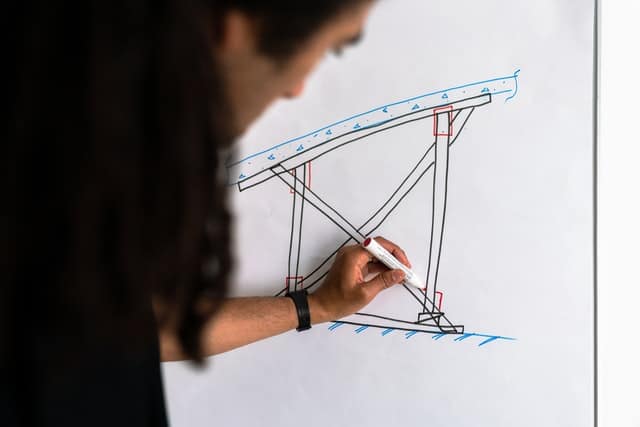
The Draw: Push the arm which is used to grip the bow towards the target. You should not lock your elbow. Use both shoulder and back muscle to draw the bow.
Anchor point: You need to select a constant and solid point on your face. Generally, people use their corners of the mouth. You need to find out the place which gives you the most relaxed position. From this place, you will release every shot from this point next time.
Aim: Select a tiny target, keep both eyes open, Place the bow sight on the ring which is formed by the peep sight. Focus the sight pin to see the target.
The Release: Hold the string until you release it. Take a deep breath to avoid flinching because of releasing the bow just like a rifle’s trigger.
Follow-through: In archery, you should do nothing at all for a second after a shot. Keep the bow the same as you are aiming before. Do not drop the bow until you hit the target.
Practice How You’ll Hunt
Before you go the actual hunting we suggest you perform a rehearsal in the environment where you are planning to hunt. Including all your accessories such as a jacket, safety harness hat, face mask, gloves, etc. Very small things can harm accuracy, and in the real environment practice, you will find all the gaps regarding your home practice. You need to do it before the hunt.

It is recommended to seek help from a mentor or coach. A shooting 3-D animal target can be the best practice for you.
Know the Animal Anatomy: To be successful in bow hunting you should know where the heart and lungs are located of the animal you are hunting. Depending on your position the target point can be changed. Such as if you are standing on a tree stand behind the shoulder of a deer is not the best place to target where it is the best place to shoot if the deer broadside you.
Bow hunting is a matter of practice and practice gives success. do not give up if you face several failures. Apply the lesson in your next deer hunting.
